Art World Resorts: artgenève
|Claire Koron Elat
Introducing “Art World Resorts”: The art world is often ugly and unkind. While the objects of desire are historically and philosophically deemed as beautiful, to see (more) beauty, we need to surrender sardonically and indulge in social ugliness to attain beauty. The column of 032c’s editor Claire Koron Elat is a cerebral, and sometimes visceral, field trip to galleries, institutions, fairs, and other art events, pointing out how “enlightenments” and behaviorisms occurring there are reflections and predictions of culture at large.
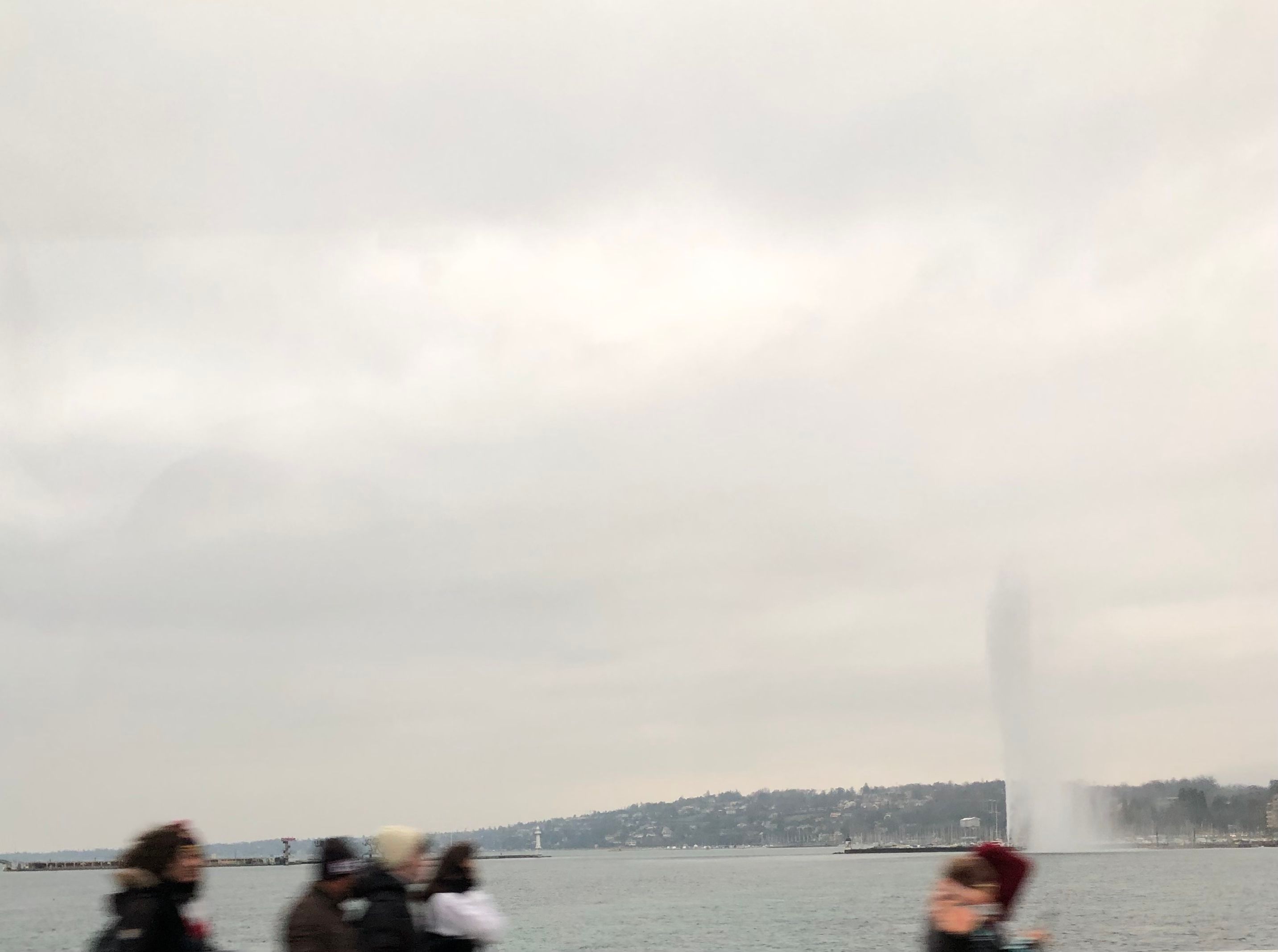
At the time I board my Swiss Air flight in late January to attend Geneva’s art fair, artgenève, White Lotus season two would technically have to be considered a dusty relic of 2022. But just like all things Y2K—and the list goes on—things that once used to be hot can still be hot today, or in the near future when a trend-cycle-turmeric-ginger-shot helps them recover from a perennial hangover sleep. White Lotus, however, seems to be especially hot and particularly applicable to the art world.
My flight is almost entirely empty, due to a strike that day, which engenders a certain, particularly Swiss feeling you can only have in Switzerland—or on the way to Switzerland, or in a Swiss airplane, or around Swiss people. A feeling where the most important concern in life is if you are going to get your discrete F.P. Journe wrist adornment back from the horologist in time to wear it to the fair dinner. Most of the White Lotus characters seem to have similar apprehensions, for example, Tanya McQuoid who would simply like to “grab all these gays, fold them up in her trunk, and take them with her [back to the US].” The White Lotus characters, despite their economic capital, seem to have the (cultural) tastebuds of a child that insists on eating chicken nuggets and fries every single night, as they rarely leave the resort to explore Sicily’s local food scene. It is perhaps comparable to the art-world-fair-resort, which you also do not leave, at least as an art world professional—even worse, as a gallerist or gallery worker—and you are left with pretzels and crémant for a week.
I had briefly browsed through artgenève’s press kit, which explains to me that I need to look beyond the obvious to see the bigger picture, until I decide that the best way to approach fairs, at least as a visitor, is like you would approach a resort vacation: just take things as they come.
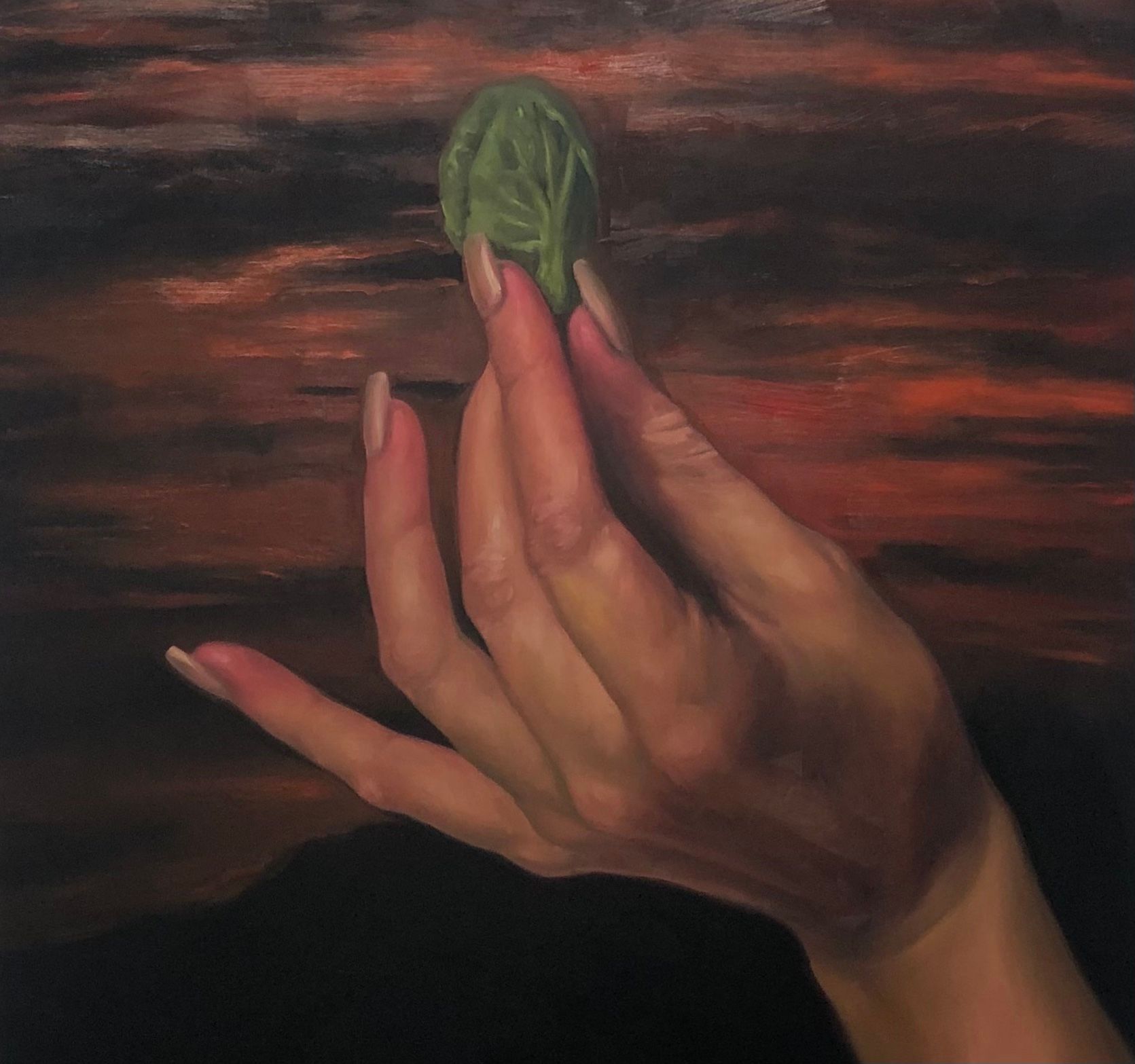
The Ariana Museum in Geneva, close to the United Nations headquarters, usually hosts ceramics and glass objects. During the fair, it also served as a dinner (fantasy) locale, where a “performer chef” molded a five-course menu that reminded me of an attempt to speculate what beauty is—or rather what it can potentially be with the power of imagination and ability to break free from norms. The second course was especially imaginative, consisting of marinated fruit and vegetables on a diluted swirl of orange ketchup. It visually took the shape of what a child might conjure up when hearing the words “gourmet dinner.” But I shall not judge. Some people also think a Basquiat painting is infantile. The choppy pieces of onion, carrot, and broccoli were raw and therefore difficult to slice if you did not want a piece to slip from your plate and fly performatively through the entire salon—it was surely not a dinner for children.
During artgenève’s duration, a number of institutional shows opened too. Ugo Rondinone was given a carte blanche at the Museum of Art and History in “when the sun goes down and the moon comes up.” For the show, Rondinone recontextualized more than 200 pieces from the museum’s collection, including works by Ferdinand Hodler and Félix Vallotton, and placed them in dialogue with existing as well as newly produced works of his, asking how ways of seeing can be radically reinvented. One of the museum’s rooms was entirely coated with pink wallpaper that had ornamental patterns printed onto it, glazing the room with a glaring pink frosting. It also featured miscellaneous pieces from the museum collection such as a harp, all kinds of furniture pieces, or the notes for Felix Mendelssohn-Bartholdy’s Vogue Leger Zephyr. The space appeared to be the sitting room of a flamboyant grandmother who is obsessed with Barbie but also with artifacts from the 1800s. Nodding to John Berger’s Ways of Seeing in its curatorial question, the show takes an unexpected turn about which I only found out at the next scheduled dinner, which was the ultimate resort banquet.
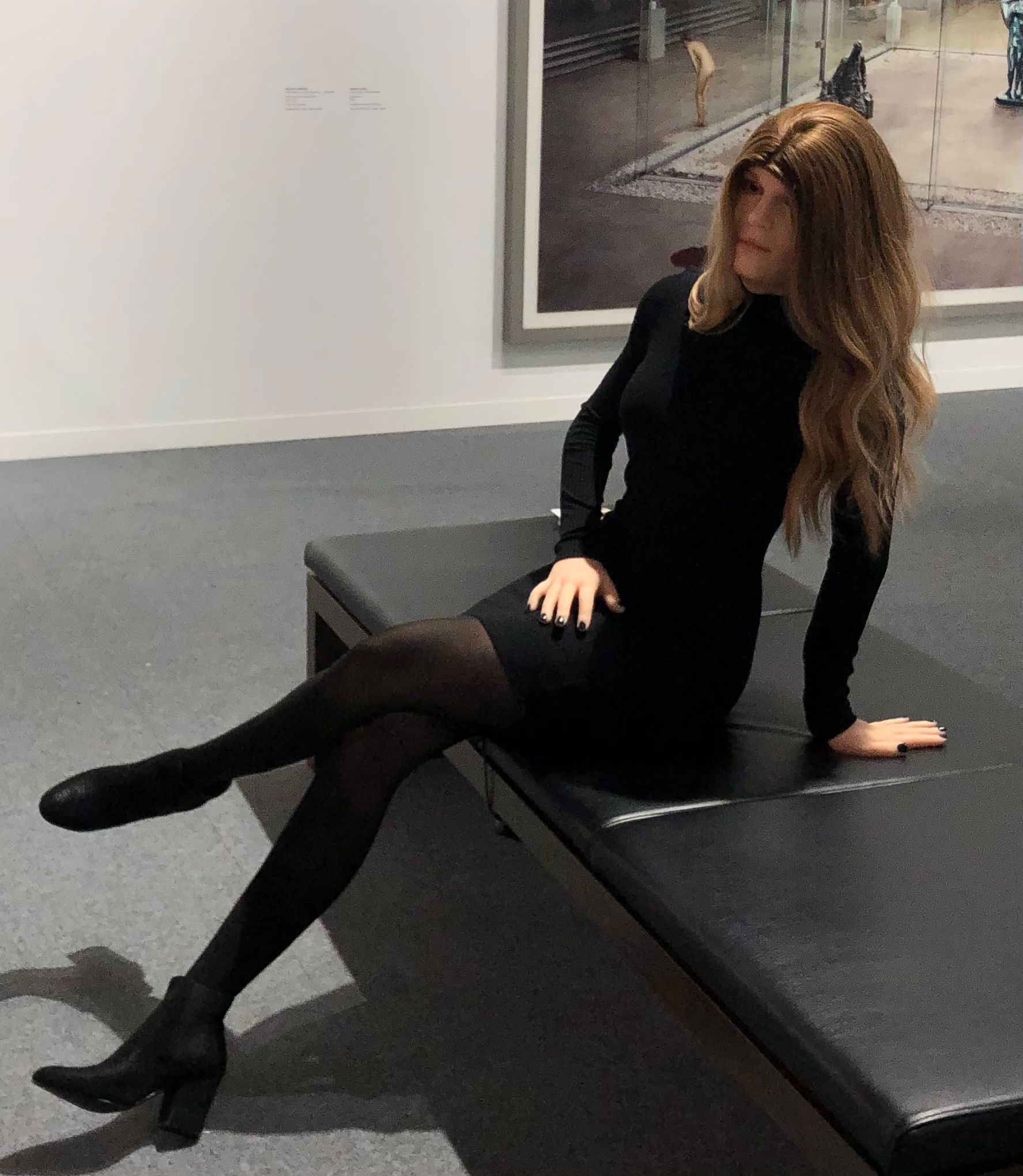
As I navigate through the maze of booths of 90 galleries, among them Eva Presenhuber, Thaddaeus Ropac, Peter Kilchmann, and Mai 36, exhibited at the fair’s 11th edition, I spot a woman who pushes a shopping cart filled with artwork paper and plastic packaging in the most elegant way I could have not imagined, and it changed the way I see shopping carts. She wore an immaculately ironed—probably steamed—black bodycon dress with black heels that had the perfect height. So, shopping carts can be the ultimate accessory to complement a fair visit—or a Bvlgari viper necklace in white gold that was also presented at the fair.
A work by Louisa Gagliardi at Eva Presenhuber’s booth somewhat continued Rondinone’s alternative way of seeing that combines Barbie with historic vestiges. Gagliardi’s work on canvas seems to be a painting at first sight but is actually ink printed on PVC, combining the aesthetic illusion of painting as a historic medium with contemporary materials. Small parts of the work, which shows a human figure standing on a ladder in a wooden cabin while trying to fix a ceiling lamp, have real nail polish added to them. The human’s body and the lamp both glow in a purple light, similar to Rondinone’s room at the MAH. Gagliardi often merges digital-imaging processes—she starts with a sketch on paper that is then scanned and altered with Photoshop—with physical interferences for which she uses materials such as lip gloss or nail polish. Later, her boyfriend is the one who reveals to me the unexpected turn in Rondinone’s show that only few know about.
I hang around the fair a bit more and discover works by Thomas Liu Le Lann, Mai-Thu Perret, Louisa Clement, and Chloe Wise, which I liked, before I call an Uber—Uber is back in Geneva after its temporary ban—to the hotel to re-apply the Barbara Sturm glow drops I splurged on in duty-free. Hoping to look like a glazed donut à la Hailey Bieber—what actually made me look that way is a 15 euros SPF spray by La Roche-Posay—I get ready for the trip’s last dinner.
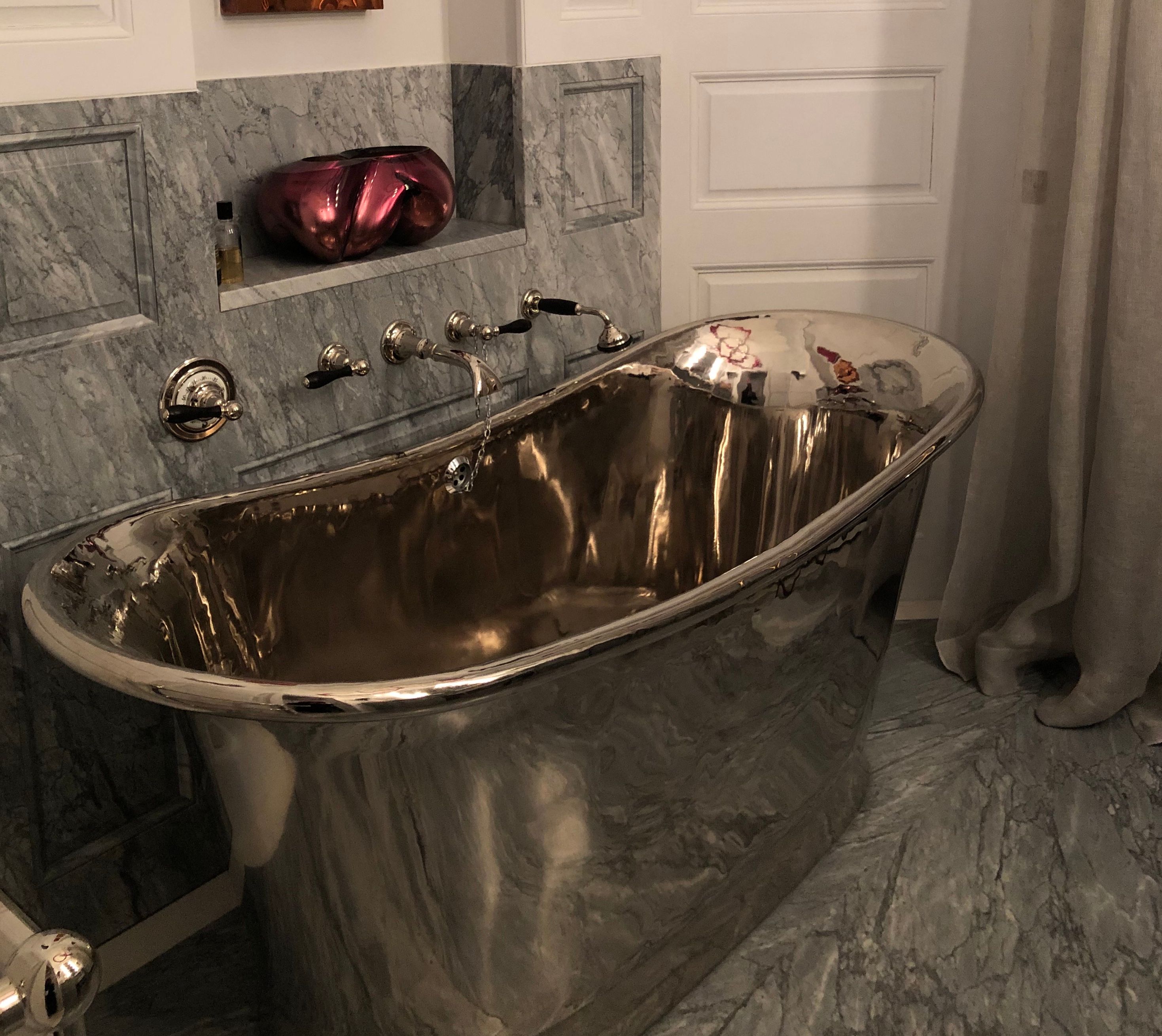
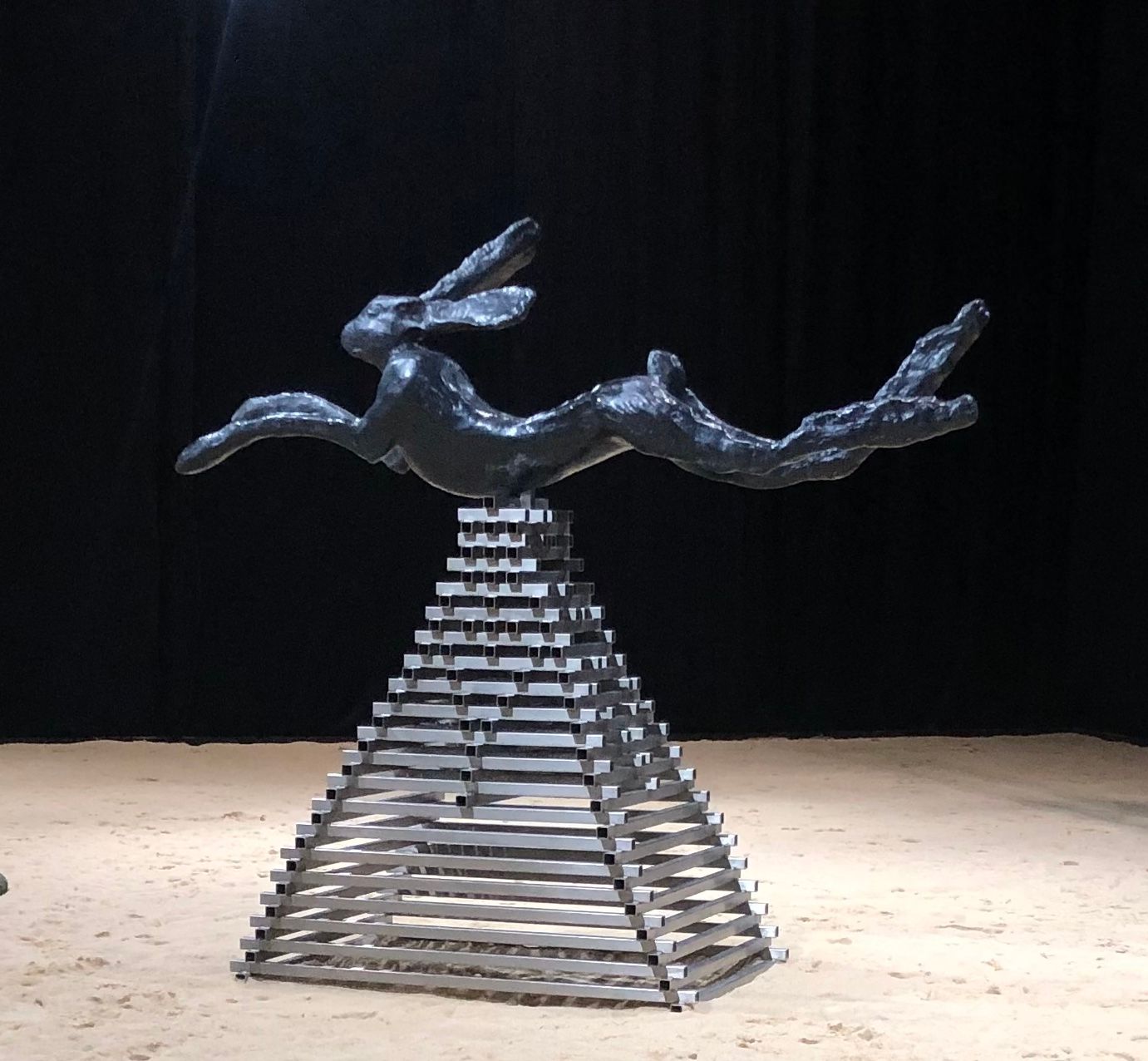
The gallery dinner at the fair would have surely been appreciated by the White Lotus characters whose safe space ends at the resort’s borders. That evening the fair transformed into a massive dining hall with tables and chairs placed directly next to the booths and several checkpoints throughout the hall that sold champagne and wine. This is when I find out about the secret room in the Rondinone show. Supposedly, you can enter it through a door inside the wall that only opens when you get really close to it but is otherwise visually disguised. I shall not disclose more. According to Berger, “Seeing comes before words. The child looks and recognizes before it can speak,” hence it is not for me, or anyone, to illuminate this hidden room—you have to see yourself.
I leave Geneva back to Berlin. The weather had been gloomy the entire time, but I still decide to wear my Ottolinger twisted sunglasses that are a long-term loan from a friend. I read a New York Times review of the HBO series titled “In ‘White Lotus’ Beauty and Truth Are All Mixed Up” at the airport. The article claims that the deliberate delusion of the leisure class turns them into easy prey while they are “drifting from one fantasy locale to the next.” But how can beauty and truth be mixed up when beauty very much is truth? And the best artworks, if we believe Hegel, convey the deepest truths, meaning that art fairs are bustling hamlets where beauty and truth can be unearthed.
Credits
- Text: Claire Koron Elat
Related Content
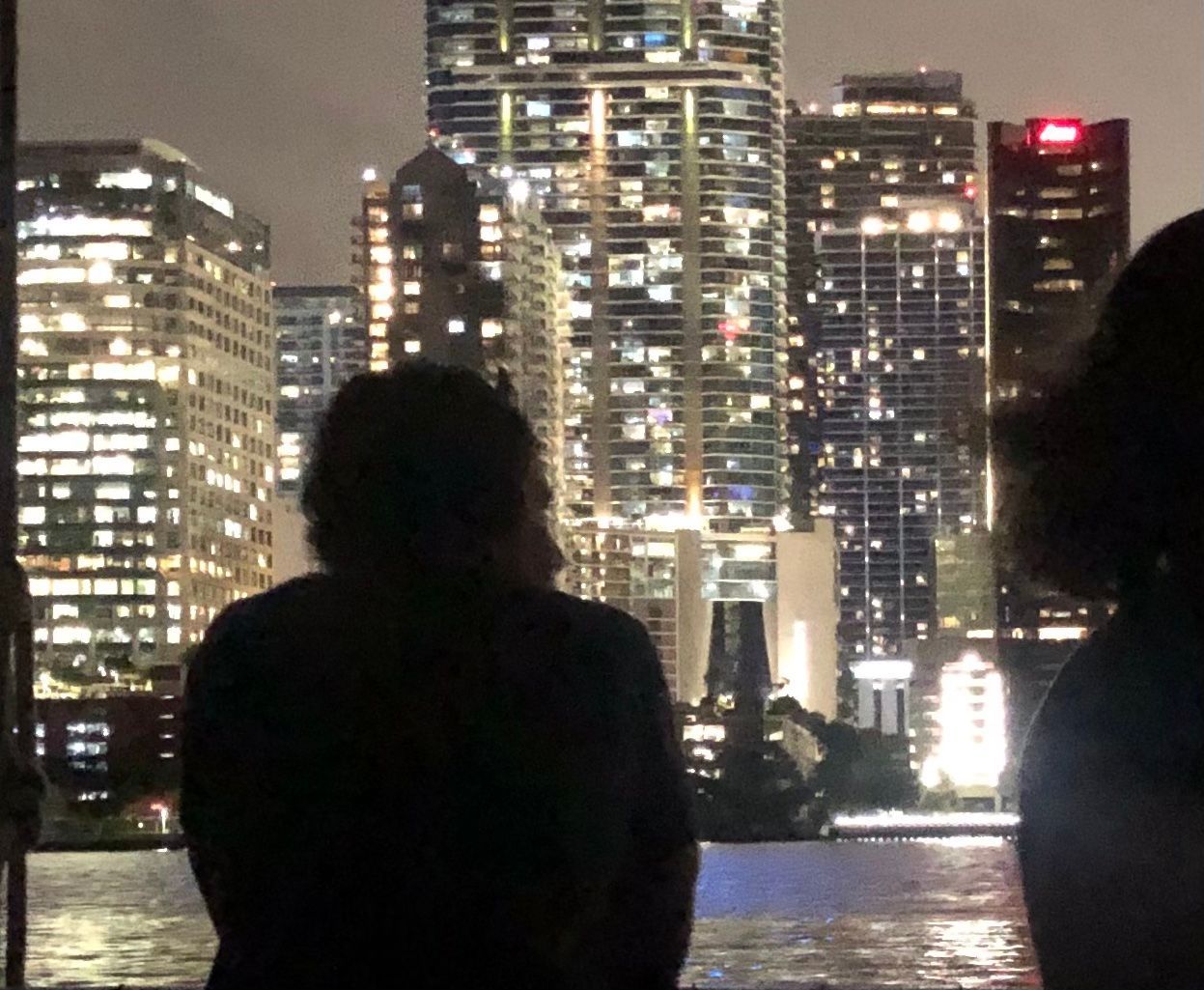
Art World Resorts: On at Art Basel in Miami Beach
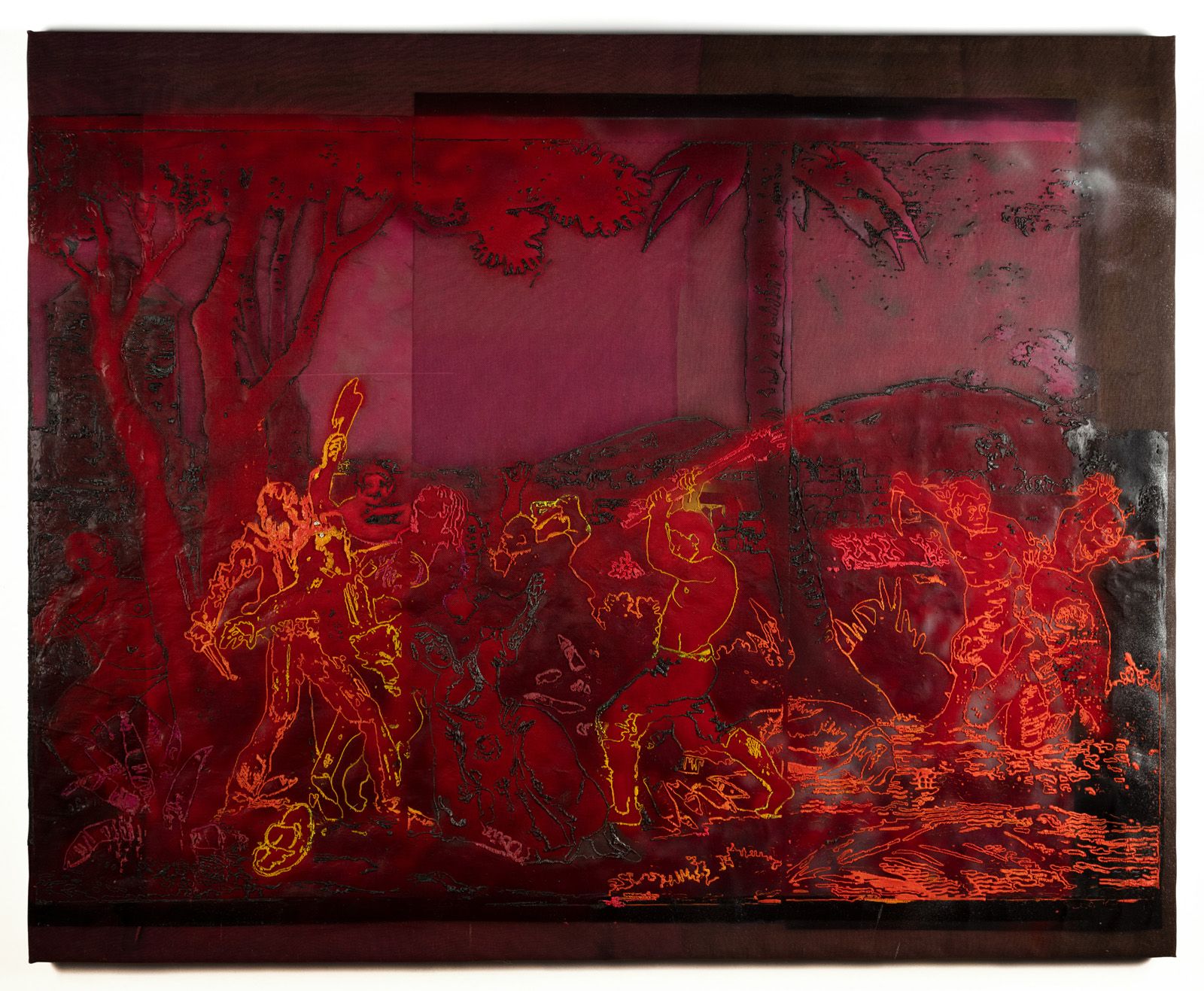
SMASHED COLLARBONES: Berlin Art Week 2022
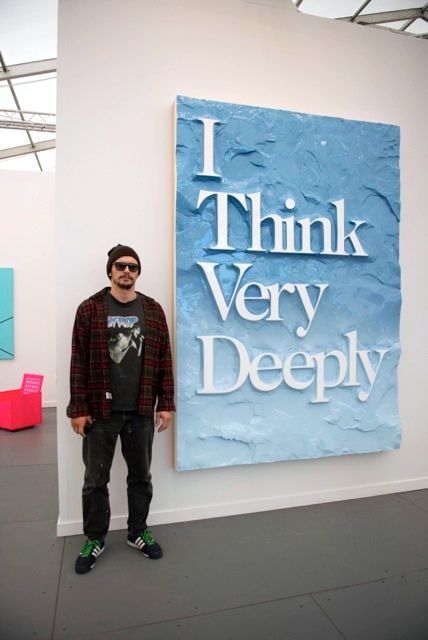
Actor JAMES FRANCO Reviews Frieze New York for 032c & Gets Photographed
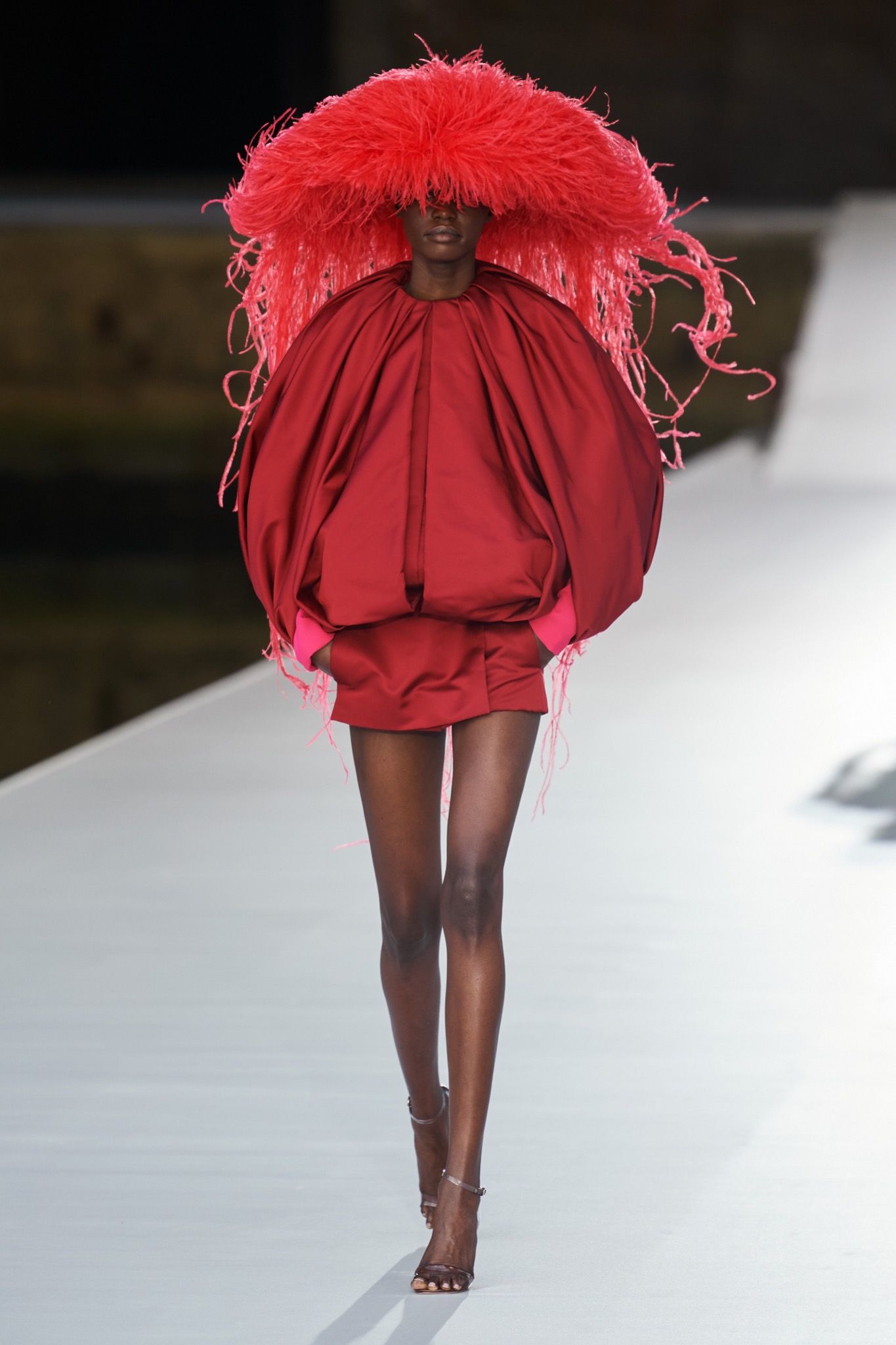
Transmissions – Post Script: Couture Coda from Valentino in Venice
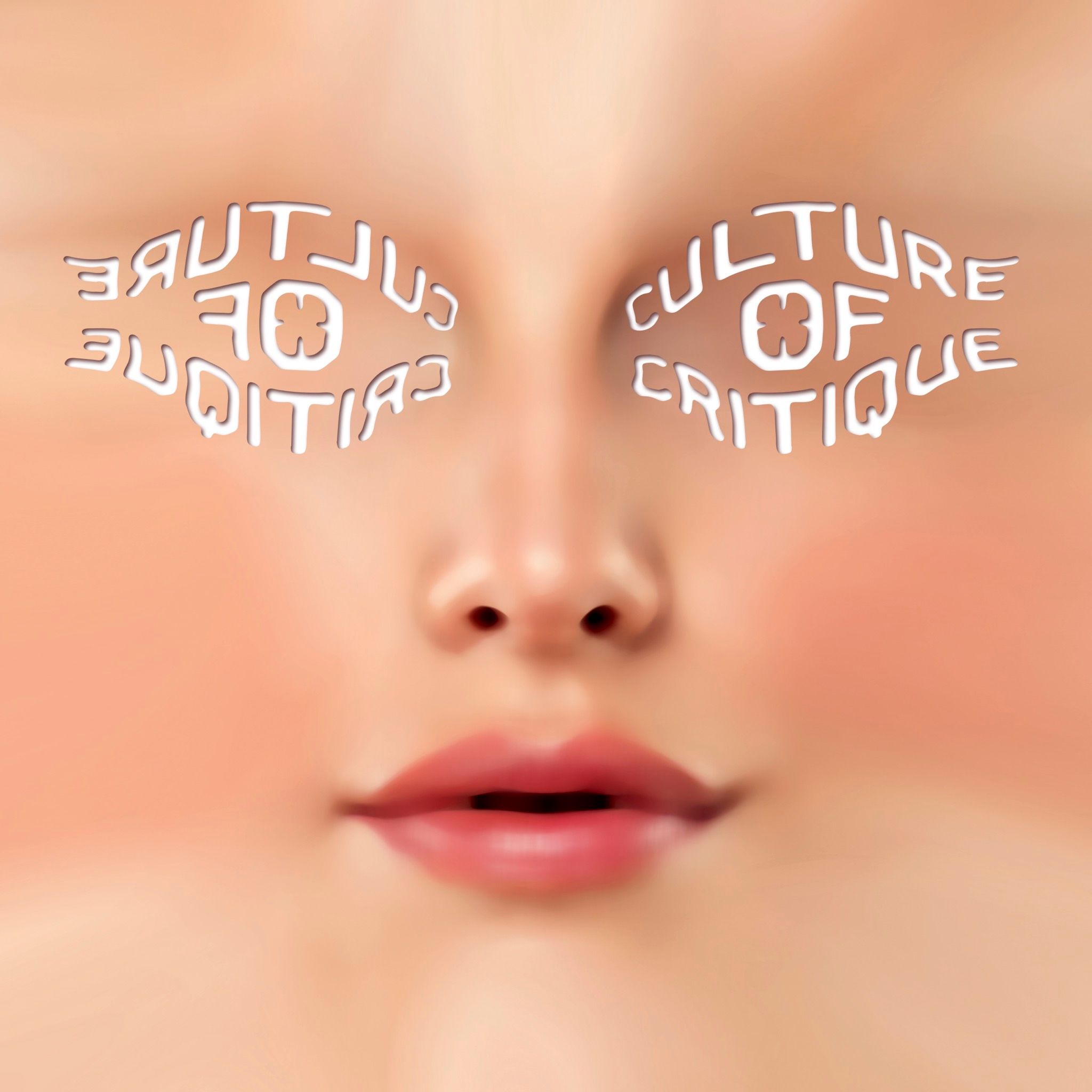
Culture of Critique: Prelude to WALLET Magazine’s Issue #9
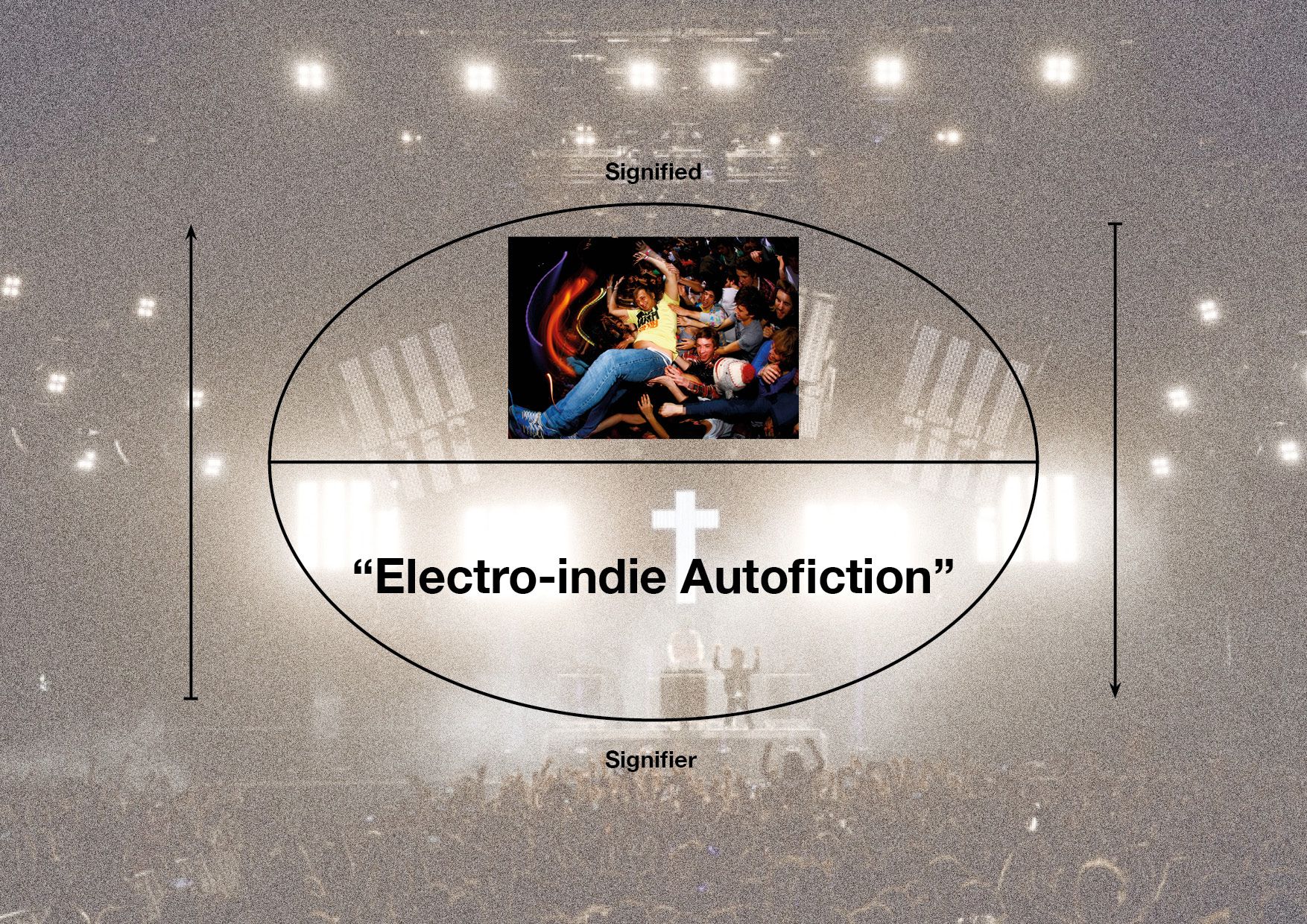
Runway Music: Electro-Indie-It-Girls
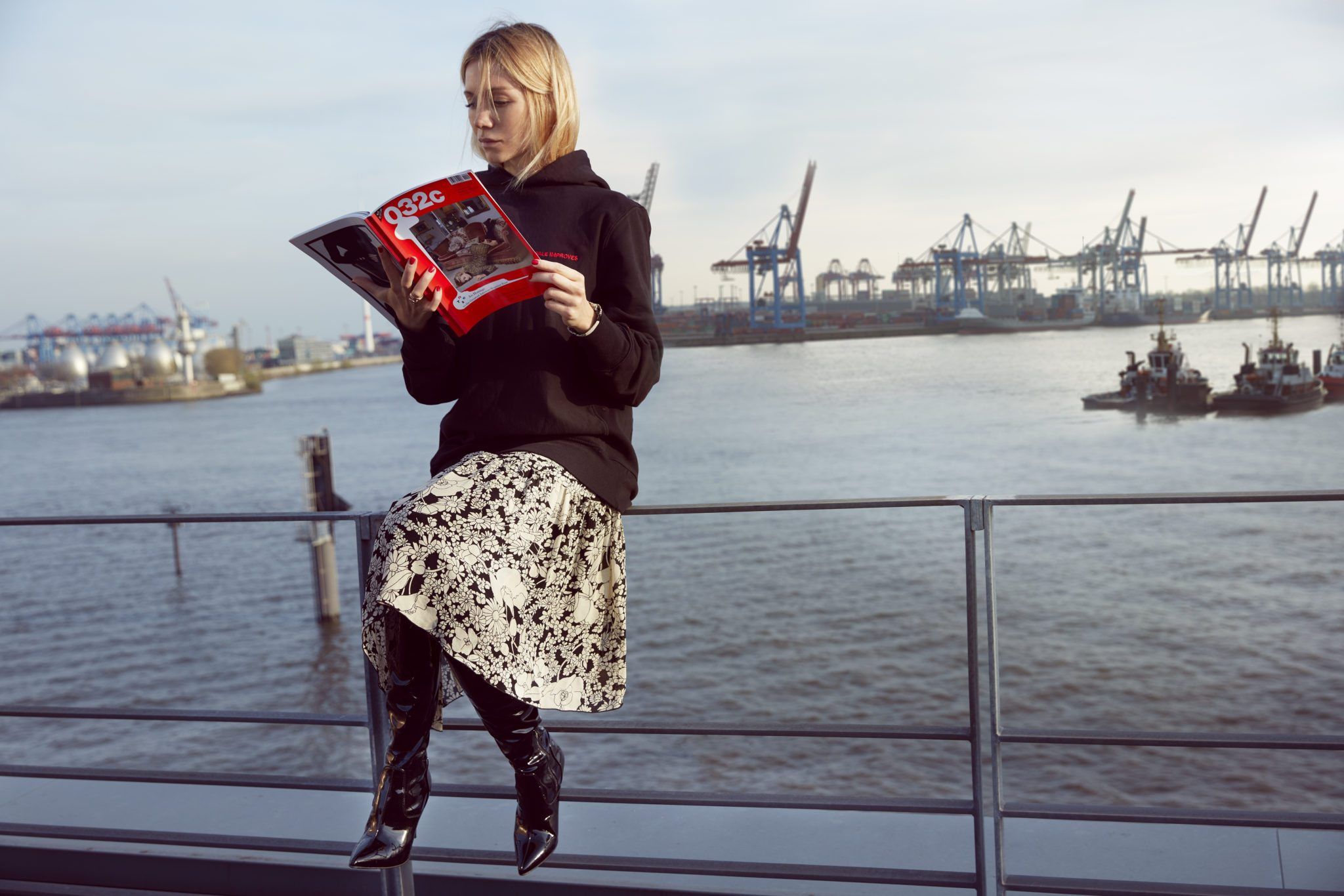
Mind-Body Multitasking with Skincare Entrepreneur NATALIE FRANZ
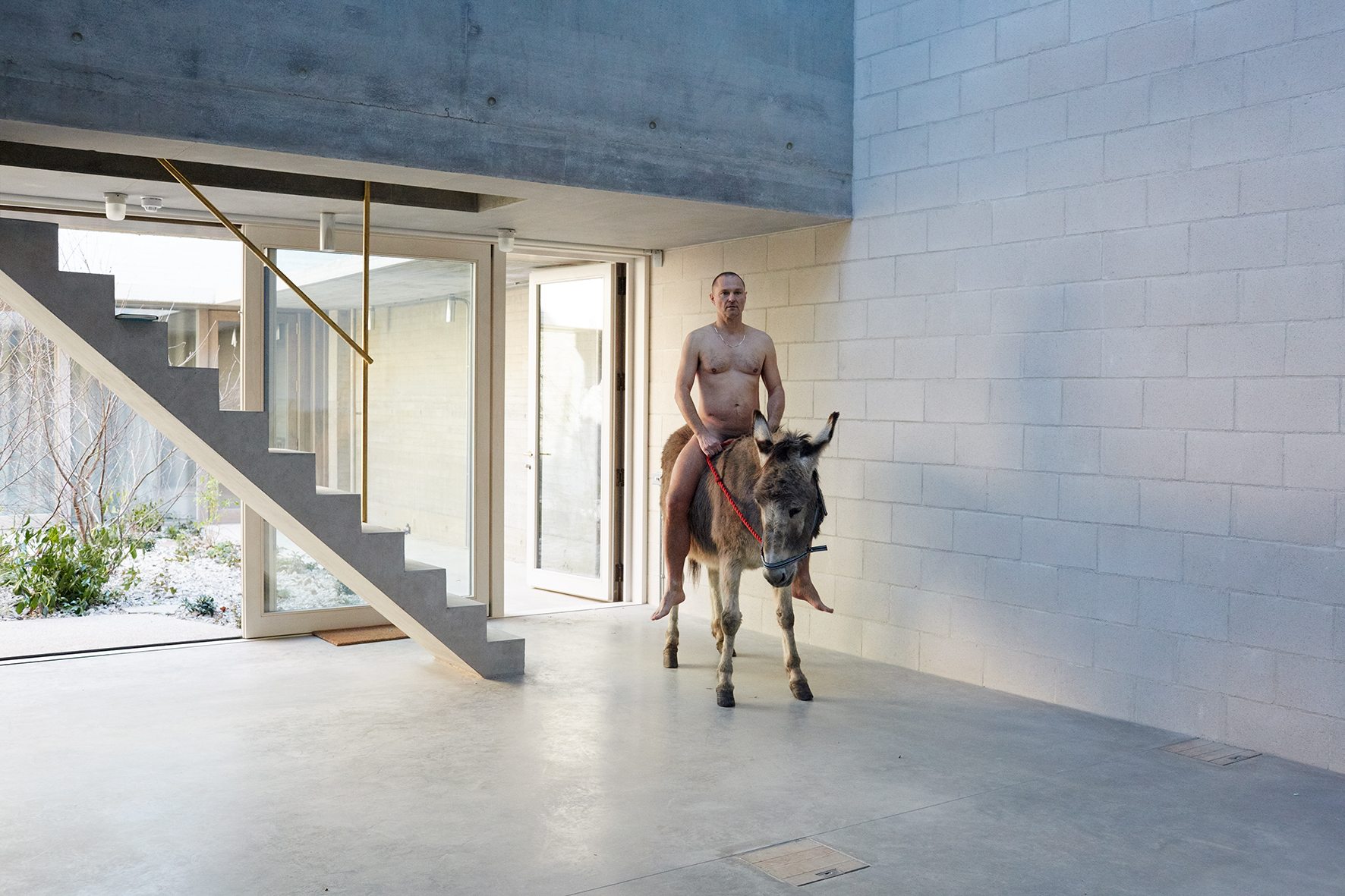
JUERGEN TELLER Is the Ultimate Bon Vivant!